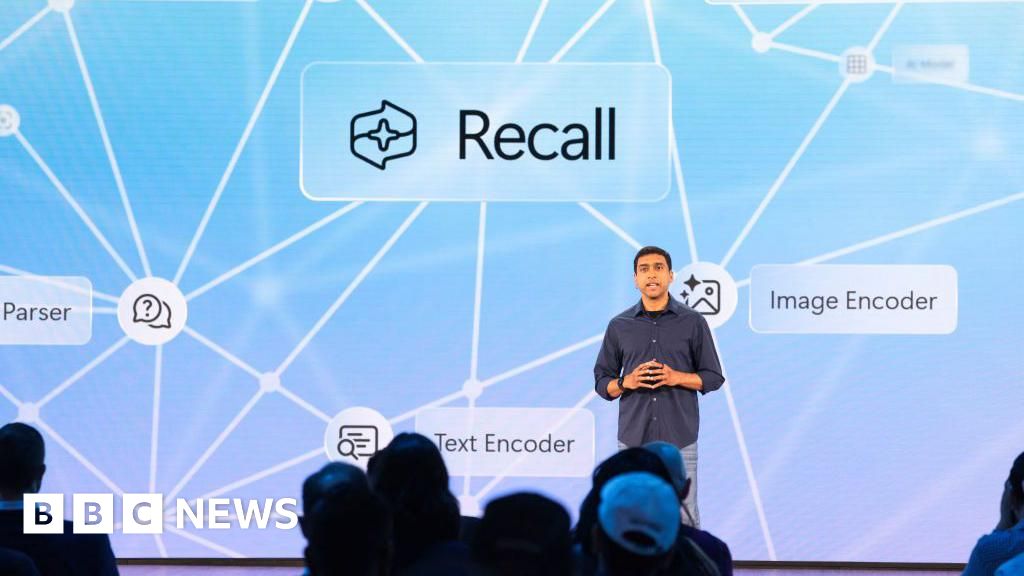Microsoft’s Recall Tool: Navigating Privacy Concerns and Relaunching with Adjustments
In May 2024, Microsoft made headlines with the unveiling of its new artificial intelligence-powered tool, Recall, which offered users the capability to take regular screenshots of their computer activity. While the tech giant promised that Recall would create a "photographic memory" of users’ digital interactions, the initial announcement sparked a significant outcry over privacy concerns. Critics quickly deemed it a potential “privacy nightmare,” expressing worries about the vast amounts of personal and sensitive data being harvested. The backlash was powerful enough to prompt Microsoft to delay the rollout to address these concerns.
Listening to Feedback and Making Changes
In response to the uproar, Microsoft stated they had "listened to feedback" and made several modifications to the tool before its planned relaunch in November, particularly for the new CoPilot+ computers. One of the most significant changes is that Recall will now be an opt-in feature, contrasting with its original design that had it turned on by default. This shift not only empowers users by allowing them to choose whether or not to participate but also reflects Microsoft’s commitment to enhancing user privacy.
The Information Commissioner’s Office (ICO), the UK’s data protection authority, noted that it had engaged with Microsoft regarding Recall. The ICO has reported that the company has informed them of a “series of changes” aimed at improving the product’s safety and usability. As it stands, the ICO plans to continue monitoring the tool’s development as Microsoft approaches its new launch date.
Understanding Recall’s Functionality
When first introduced, Microsoft touted Recall as an ingenious solution designed to help users easily retrieve information they had previously engaged with on their PCs. Incorporating complex AI, it allows users to sift through their past activities—whether files, photos, emails, or browsing history—essentially using desktop screenshots taken every few seconds. The idea was to furnish an easy search capability for users, enabling them to locate documents or images without having to recall specific details themselves.
However, the implications of such technology raised alarms, particularly considering the scope of sensitive information that could potentially be mined from users’ desktops. Experts labeled the comprehensive data harvesting as a significant threat to user privacy.
Security Measures and Opt-in Features
In a bid to reassure users, Microsoft has implemented stringent security measures for the upcoming version of Recall. According to Pavan Davuluri, Microsoft’s corporate vice president of Windows and devices, the tool will not only be encrypted but will also require biometric verification for accessing screenshots. Moreover, sensitive information, including credit card details, will not be captured in snapshots by default. This development is a crucial advancement in dealing with privacy apprehensions related to the initial product.
Additionally, Microsoft stresses that users have control over their privacy and can customize what data is saved for later retrieval. Even though Recall promises enhanced security, Microsoft has acknowledged that certain "diagnostic data" to improve the tool may still be shared, contingent on the individual privacy settings selected by users—a detail that has not gone unnoticed in the privacy discussion.
Expert Opinions on Recall’s Relaunch
Cybersecurity experts have shared their insights on the adjustments made to Recall. Professor Alan Woodward from Surrey University has remarked that while the new measures represent a significant improvement in the tool’s security framework, the need for thorough testing in real-world scenarios remains crucial. He expressed cautious optimism, indicating that before widespread adoption, the tool’s privacy implications should be scrutinized in varied environments.
Despite the updates, Woodward indicated that he himself would remain hesitant to opt-in immediately, suggesting a wait-and-see approach to observe how Recall performs once it is officially relaunched. This sentiment echoes a broader caution among users who are increasingly concerned about how tech companies manage and protect personal data.
With the anticipation building toward Recall’s reintroduction, Microsoft finds itself at a critical juncture, balancing innovation with the crucial need for user trust and transparency. The modifications made reflect an earnest attempt to better align with public sentiment, creating a dialogue around privacy that is becoming increasingly important in the tech landscape. As the November launch approaches, how well these pivoted strategies resonate with users remains to be seen.
